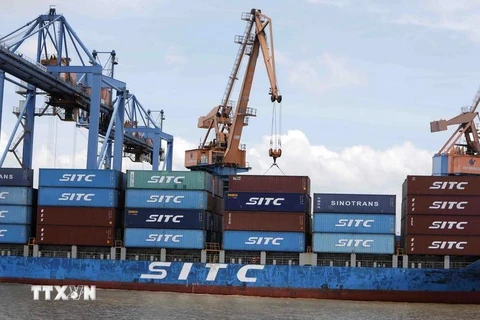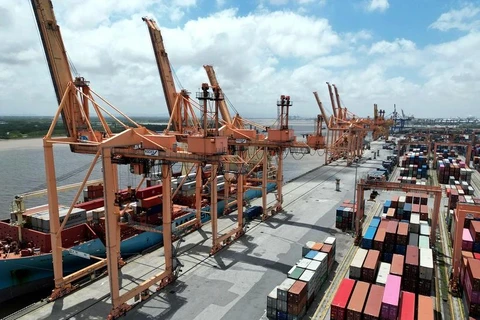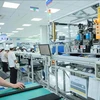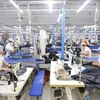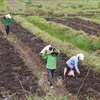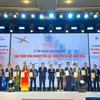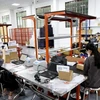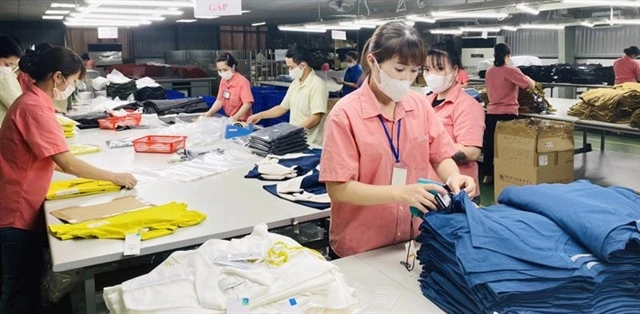
Hanoi (VNS/VNA) - Vietnam's exports to key markets in the first five months of 2024 increased by 15% over the same period last year, in which fashion, furniture and household appliances led the recovery.
Ta Hoang Linh, Director of the European-American Market Department under the Ministry of Industry and Trade (MoIT), said that export turnover of Vietnam's textile and garment sector since the beginning of the year has reached 12.8 billion USD, up 7.4% over the same period.
The footwear and handbag sector reached nearly 7.9 billion USD, an increase of 7.3%; wood and products from wood account for a large proportion of the furniture and household appliances industry, also reached 4.9 billion USD, an increase of more than 25% compared to last year.
Duong Thi Minh Tue, a member of the Handicraft and Wood Industry Association of HCM City (HAWA), said that the US might cut interest rates, which would stimulate consumer demand and demand for imports.
The European market had also overcome a recession and inventory of the previous period had run out, so demand had begun to increase again. Many Vietnamese wood industry enterprises had orders until the end of 2024, she said.
Regarding the textile sector, Vice President of the Vietnam Textile and Apparel Association (VITAS) Tran Nhu Tung said that the target export turnover of the textile and garment industry in 2024 was set at 44 billion USD.
Through the first five months of the year, the orders of textile and garment enterprises had improved. Vietnamese fashion products had many competitive advantages in product quality and the ability to meet strict labour and environmental requirements.
More importantly, Vietnamese fashion was taking advantage of the many combined incentives of 16 bilateral and regional free trade agreements.
In addition, these countries were continuing to promote strategies to diversify sources of supply, supply chains and investment, which made Vietnam's exports play an important role and participate more deeply in the production chain and global value.
However, many businesses were facing difficulties because key export markets such as the US, the EU, Northeast Asian countries or CPTPP countries were increasingly setting new and more stringent standards such as environmentally friendly, sustainable development criteria and circular production.
Export products needed to meet higher requirements on material traceability, safety certification, business reporting, as well as regulations on forest management and chemical use.
Therefore, to be able to meet the requirements of these markets, Vietnamese businesses would need to modernise production lines and apply the circular economy model.
In addition, with product lines required to constantly change designs to suit market trends and tastes, businesses must always proactively change designs and update market trends.
Vietnamese businesses needed to use clean energy, make specific commitments and actions to convert to sustainable and environmentally friendly production to meet increasingly strict requirements, Tung said.
Director of the HCM City Investment and Trade Promotion Centre (ITPC) Tran Phu Lu said that Vietnamese fashion, furniture and household goods held export advantages, especially in terms of product quality. However, finance and personnel limitations had made it hard for domestic enterprises to compete with big global brands.
He suggested they optimise digital transformation in production, closely coordinate with suppliers, put forth flexible production and management plans, and keep a close watch on market changes./.

